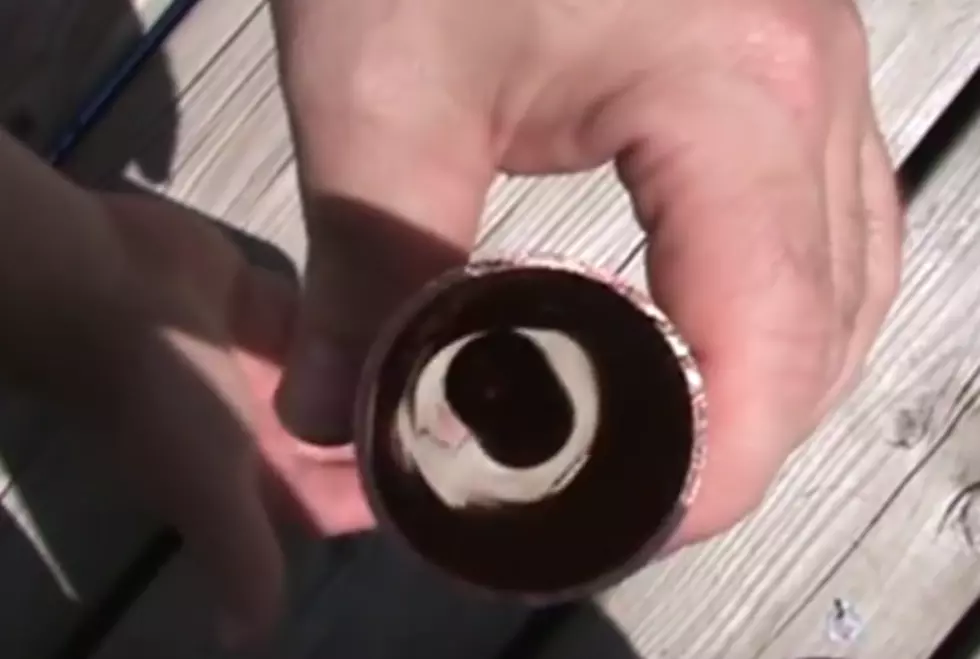
Hubble Images of Jupiter Are Amazing
The Hubble Space Telescope, launched in 1990, is still up there, and still taking some incredible photos and videos of outer space. Some of the latest, taken of the largest planet in our solar system, Jupiter, are some of the best.
From the Guardian:
The raging storm that creates Jupiter’s great red spot has waned and turned the planet’s famous blemish to orange, according to the most recent images from the Hubble space telescope.
Scientists trained the veteran observatory on Jupiter to capture the first of a series of annual portraits of the solar system’s outer planets.
The images reveal that the giant red spot in Jupiter’s atmosphere continued to shrink and become more circular this year, narrowing by about 150 miles (240km) since 2014. One hundred years ago, the spot was around 25,000 miles (40,000km) wide, it is now less than half that width.
At the heart of the storm is an unusual wispy filament that spans almost the full width of the spot and is blown around by Jovian winds that top 335 miles per hour (540kph).
Another curious feature is a wave similar to baroclinic waves that form in Earth’s atmosphere where cyclones are forming, and is passing through a region populated with cyclones and anti-cyclones. This wave has been spotted only once before when the Voyager 2 spacecraft captured faint images decades ago.
Enough reading about what they saw. Let's take a look:
More From WROK 1440 AM / 96.1 FM







![Proof of the Loch Ness Monster? [Video]](http://townsquare.media/site/671/files/2014/04/Loch-Ness-Monster.jpg?w=980&q=75)

